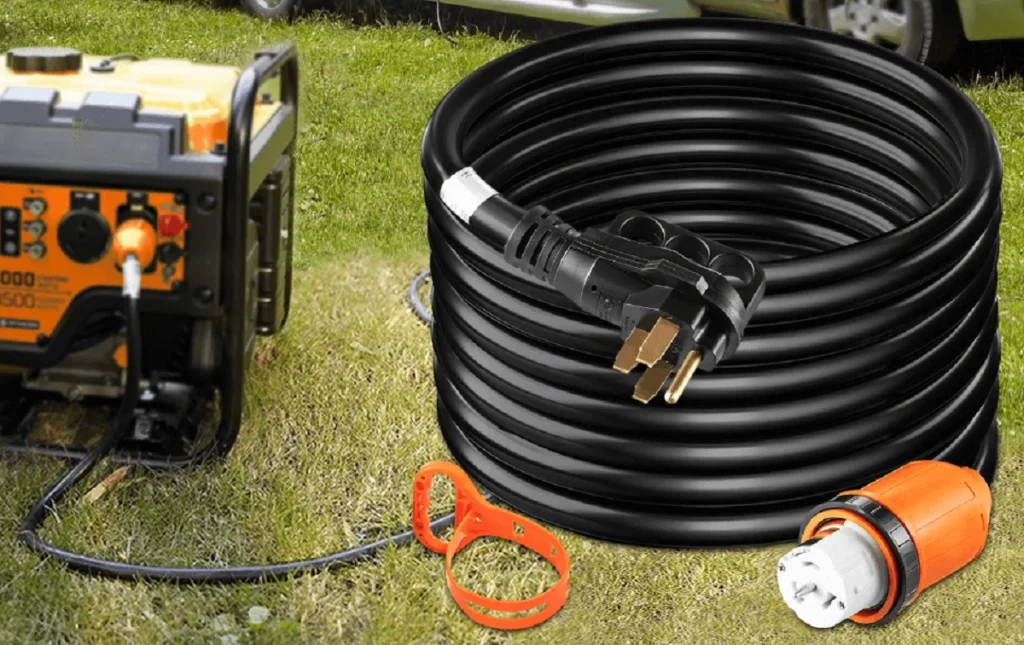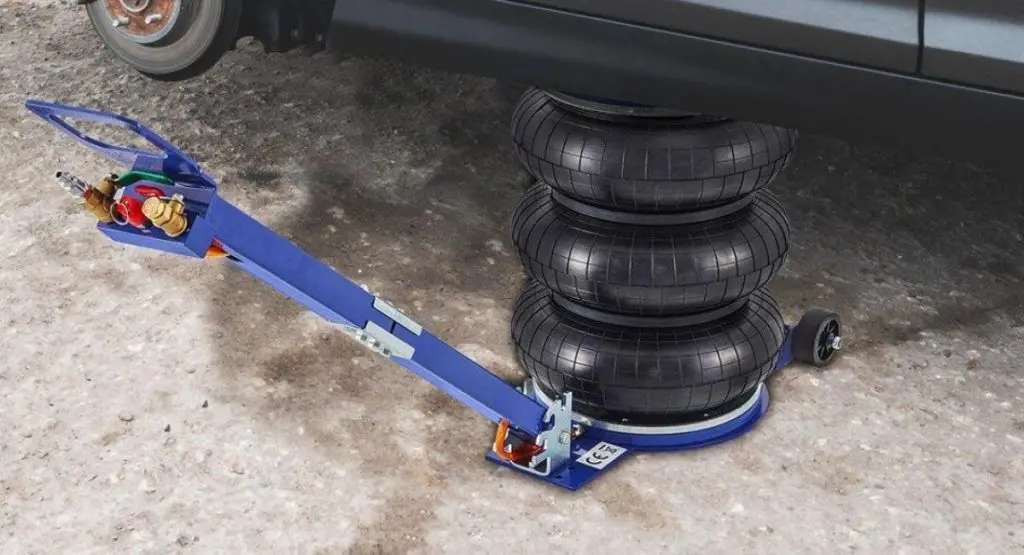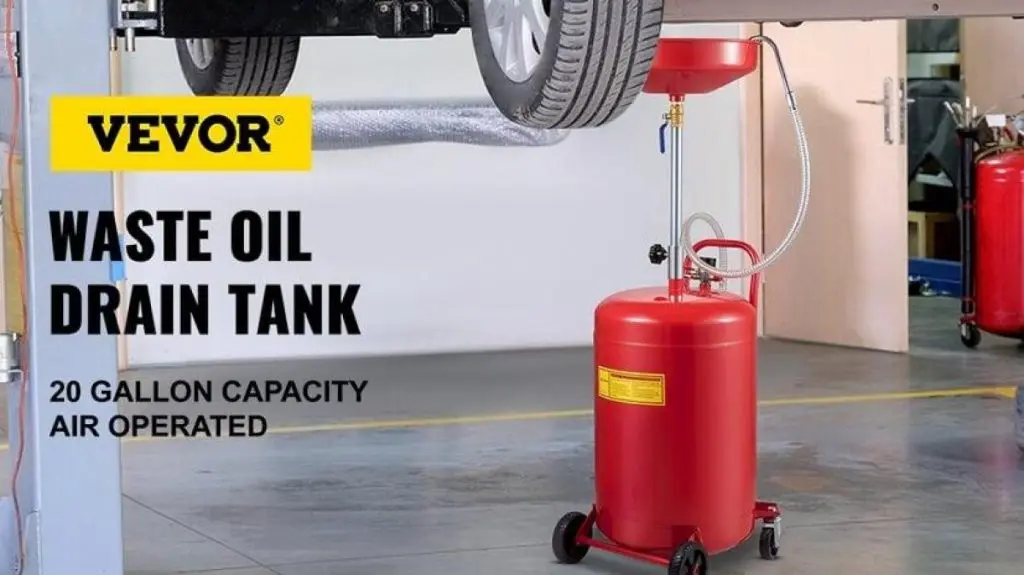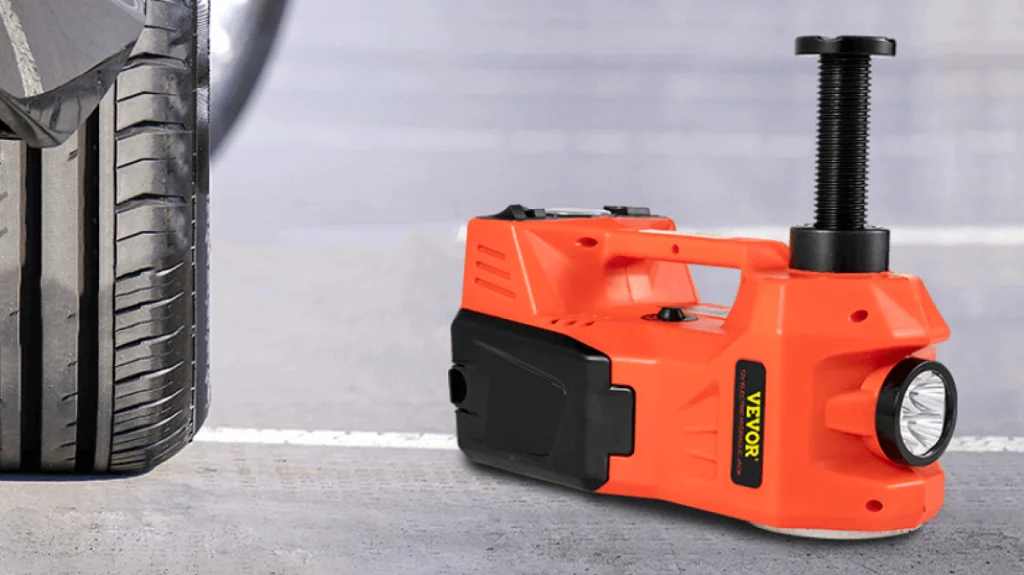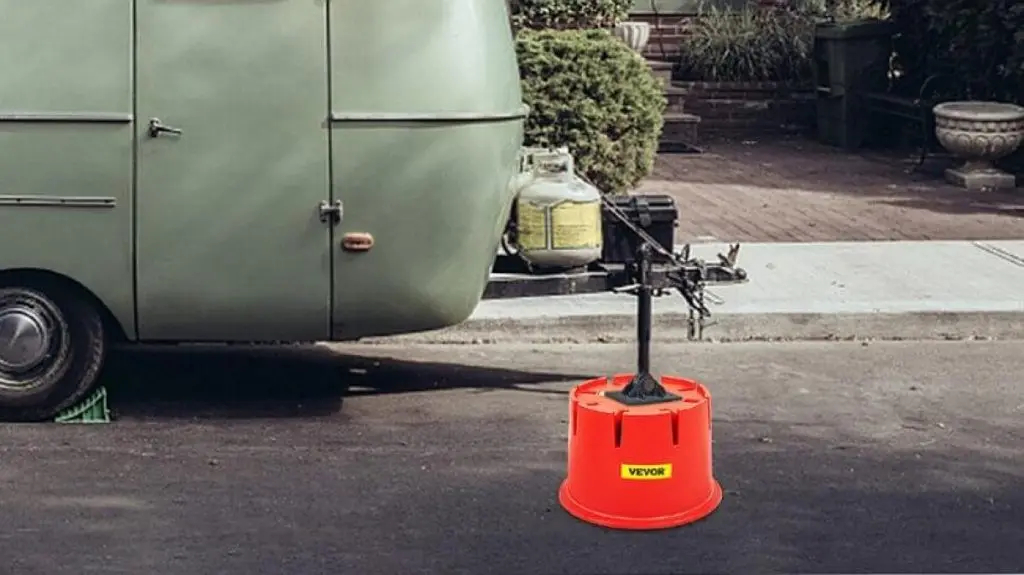With the correct extension cord, you can handle any project and forget about stumbling around. Imagine this: You’re getting ready to turn your backyard into a wintry paradise by putting up a festive outdoor string light display. But then you realize that your vision is far from the closest outlet.
Let me introduce you to the humble extension cord, your literal lighthouse in a sea of darkness. Hold on, not every extension cord is made equally. Selecting the incorrect one for your outdoor experience can result in risks to your safety, a loss of time, and a great deal of frustration.
We’ll go over the main characteristics, uses, and safety precautions while introducing the VEVOR RV extension cord—a multipurpose powerhouse prepared to brighten up your indoor and outdoor pursuits.
Get rid of the knotted mess and bid your electrical problems farewell. Together, we can take on tasks that are perfectly powered, safe, and effective for both indoor and outdoor use. Settle in, and keep an eye out for the VEVOR cord—it might become your new best friend when it comes to electrical devices!
Table of contents
- Decoding Extension Cords: Indoor Vs Outdoor Extension Cords Variants
- Can You Use Indoor Extension Cords Outside?
- Indoor Extension Cords: Convenience and Limitations
- Outdoor Extension Cords: Engineered for the Elements
- Choosing Wisely: Selecting the Right Extension Cord
- VEVOR RV Extension Cord: The Powerhouse of Versatility
Decoding Extension Cords: Indoor Vs Outdoor Extension Cords Variants
Consider your house and yard as an electrical ecosystem, with your appliances representing thirsty animals and outlets acting as watering holes. Extending that reach is the essential purpose of extension cords; it lets you meet your electrical needs wherever they may be.
But just as you wouldn’t feed a lion and a zebra the same food, can any extension cord be used outside? No! How do you choose the right cord for your next adventure? Worry not, electrical explorers! Let’s break down the key differences between indoor and outdoor cords:
1. Built for Different Climates
Think of your cords as superheroes with distinct powers. Indoor cords are the nimble ninjas, lightweight and flexible for snaking around your home, powering lamps, and charging phones. But their thin “skins” can’t handle rain, snow, or sun – not exactly outdoor warrior material.
Outdoor cords, on the other hand, are the sturdy tanks. Their thick, weatherproof “armor” shields them from the elements, ensuring safe operation rain or shine. Many even have built-in “shock protection” features, especially crucial in damp environments.
2. Geared for Specific Missions
Think of short bursts of power for lamps, appliances, and electronics around your home. They’re shorter, with thinner wires, and sometimes have multiple outlets for convenience.
Imagine powering tools in the garden, connecting your RV to a generator, or lighting up your patio party. They’re longer, have thicker wires for higher power, and are built to handle outdoor demands.
3. Choosing Your Power Partner
Do you recall the battle with the tangled cord? It can be dangerous and annoying to use the incorrect one. Knowing the distinctions between indoor and outdoor cords will help you select the appropriate partner for the task, guaranteeing a seamless and secure electrical experience:
- Indoor: Stick to these for low-power needs within your home.
- Outdoor: Prioritize weatherproof and “shock-protected” cords for any adventure outside.
Can You Use Indoor Extension Cords Outside?
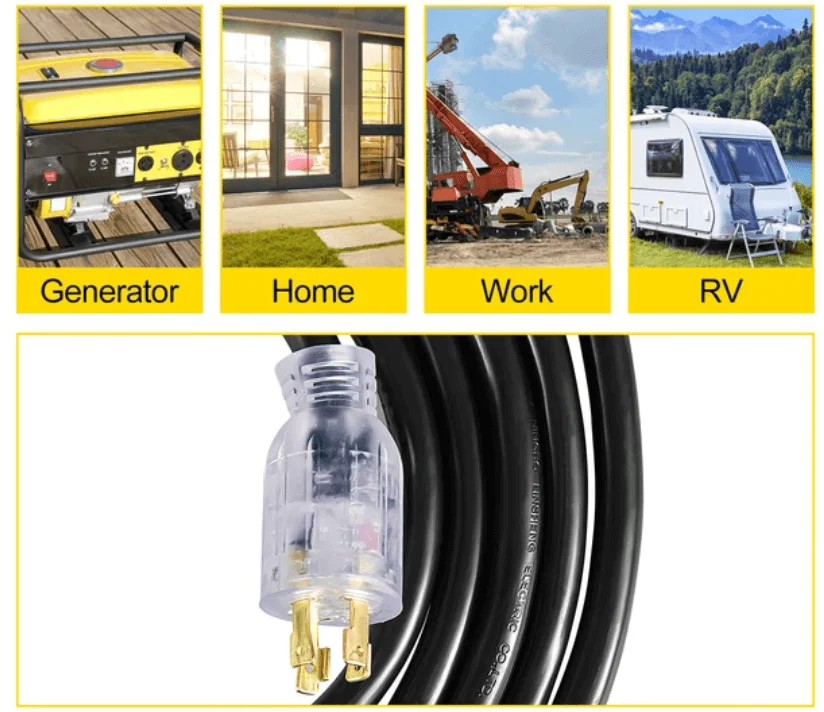
Ever feel tempted to grab the nearest extension cord for that outdoor movie night, only to realize it’s the delicate indoor variety?
While the urge for convenience is strong, if you’re wondering, ‘Can you use an indoor extension cord outside? It is a safety no-no. But why? Let’s delve into the key differences that make outdoor-specific cords your safest bet:
1. Insulation Differences: Outdoor Extension Cord vs. Indoor Armor
Imagine your extension cord’s insulation as its protective suit. Indoor cords have a thin layer, perfect for maneuvering indoors but easily compromised by rain, snow, and sun.
This can lead to electrical hazards and potential shocks. Outdoor cords, on the other hand, wear thick, weatherproof armor. This robust insulation shields them from the elements, ensuring safe operation come rain or shine.
2. Length and Gauge: Tailoring the Power Supply
Think of length and gauge as the muscles of your extension cord. Indoor cords are typically shorter and have thinner wires (lower gauge), suitable for handling shorter distances and lower power demands within your home. But venture outdoors, and the game changes.
Longer distances often require thick, higher gauge wires in outdoor cords. These electrical powerhouses can handle the increased demands of tools, generators, and outdoor events.
3. Plug Types: Safety and Compatibility Check
Just like puzzle pieces, extension cords, and outlets need to fit perfectly for safe operation. Indoor cords often have 3-prong plugs, lacking the grounding prong crucial for many outdoor outlets.
This grounding feature in outdoor cords provides an extra layer of safety by channeling stray electricity away, preventing dangerous shocks. Remember, incompatible plugs can damage equipment and pose serious safety risks.
4. Amperage Capacity: Powering Your Devices Safely
Every appliance or tool has a specific power requirement measured in amps. Indoor cords usually have lower amperage ratings, suitable for powering lamps and electronics.
Using them with high-demand tools or appliances outdoors can lead to overloading, overheating, and potential fire hazards. Outdoor cords, with their higher amperage capacities, are built to handle these demanding outdoor tasks safely.
Indoor Extension Cords: Convenience and Limitations
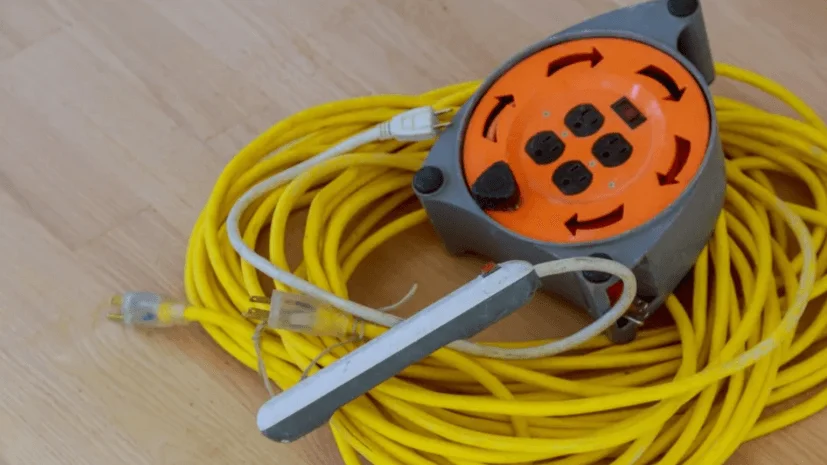
Let’s examine the structural qualities and design advantages of this cord before you use it for your upcoming indoor project, while also recognizing its drawbacks:
Structural Features and Advantages of Design:
- They are perfect for temporary setups or reaching far-off outlets because of their thin and lightweight design, which makes it easy to maneuver around furniture and confined spaces.
- Interior cords are typically less expensive than outdoor cords, which makes them a practical option for daily requirements.
- Numerous indoor cords are available with multiple outlets, which turns a single wall outlet into a useful power center for low-power appliances like lamps and phone chargers.
- Indoor cords are available in a range of colors and lengths to complement your interior design and particular requirements.
Handling Power Limitations and Durability:
- Compared to outdoor cords, they are less resilient to wear and tear due to their lighter construction and thinner insulation. Steer clear of using them for long-term applications or in busy areas.
- The higher power devices or appliances cannot be handled by their lower gauge wires as well. When power tools or space heaters are plugged into an indoor outlet in excess, it can cause damage, overheating, and even fire hazards.
- They shouldn’t be used in bathrooms, kitchens, or close to water sources because their thinner insulation isn’t made to withstand moisture.
Outdoor Extension Cords: Engineered for the Elements
Outdoor extension cords provide dependable and secure power for any adventure, designed to withstand the harshest weather conditions. What distinguishes them is as follows:
Warriors Resistant To Weather:
- Protective, thick insulation keeps out the sun, rain, snow, and dust.
- In demanding environments, wear and tear are managed by heavy-duty construction.
- Resistant to temperature changes for dependable operation all year long.
Safety Comes First
- When there is a ground fault, GFCI protection automatically cuts off the power, which is especially important when using extension cords outside.
- A few protect against sudden spikes in voltage.
- Plugs with lights make it easier to find the cord and verify the power is on.
Choosing Wisely: Selecting the Right Extension Cord
Indoor cords are for low-power tasks at home (think lamps, chargers, and light tools). They have lower amp ratings (around 10-15 amps) and shorter lengths (up to 25 feet).
Outdoor cords are powerhouses for demanding tasks (tools, generators, events). They boast higher amp ratings (15-20 amps or more) and longer lengths (50-100 feet).
Key Considerations:
- Length: Choose the shortest cord that reaches comfortably to avoid power loss and overheating.
- Amperage: Match your appliance/tool’s rating with a higher amp cord for safe operation.
- Quality: Invest in a reputable brand with UL Listing, durable construction, and high-quality materials for safety and longevity.
VEVOR RV Extension Cord: The Powerhouse of Versatility
The VEVOR RV Extension Cord tackles your electrical needs, indoors and out!
Built to Last & Perform:
- Weatherproof construction handles rain, snow, and sun.
- GFCI protection for added safety, especially in damp areas.
- High amp capacity and thick gauge wires power demanding tasks.
- Various lengths and flexibility for convenient use.
- Multiple outlet options (on select models) for added functionality.
- UL Listed and high-quality materials ensure durability and trust.
Versatility you’ll Love:
- Power tools indoors or outdoors.
- Connect holiday lights and decorations.
- Run appliances in hard-to-reach areas.
- Create temporary power stations for DIY projects.
- Supply power at campsites, events, or gatherings.
- Connect generators during power outages.
- Illuminate patios and decks for entertaining.
- Power tools and equipment for yard work or construction.
The VEVOR RV Extension Cord isn’t just a cord – it’s a solution for convenient, safe, and versatile power, wherever you need it. It is the answer to your ‘Can I use indoor extension cord outside’ questions.
Conclusion
Choosing the right extension cord doesn’t have to be a shock! Remember, indoor and outdoor cords have distinct roles. Keep thin, low-power cords indoors for lamps and chargers. When going outside, grab the weatherproof, GFCI-protected heroes with beefier wires for tougher tasks.
But your journey doesn’t stop there! Consider the length, amp rating, and quality for a safe and smooth experience and whether you can use an indoor extension cord outside. That’s where the VEVOR RV extension cord steps in!
This adaptable powerhouse conquers both indoor and outdoor challenges with its weatherproof toughness, GFCI safety, and high power capability. Choose your ideal length and even multiple outlets for added convenience. It’s more than a cord – it’s your reliable power partner for any adventure.

